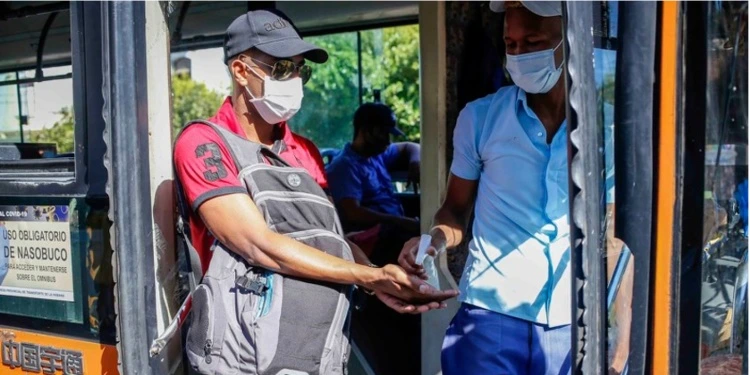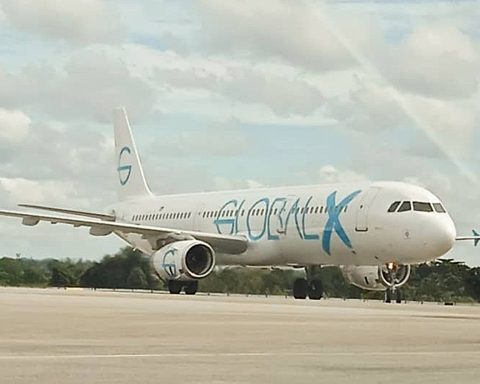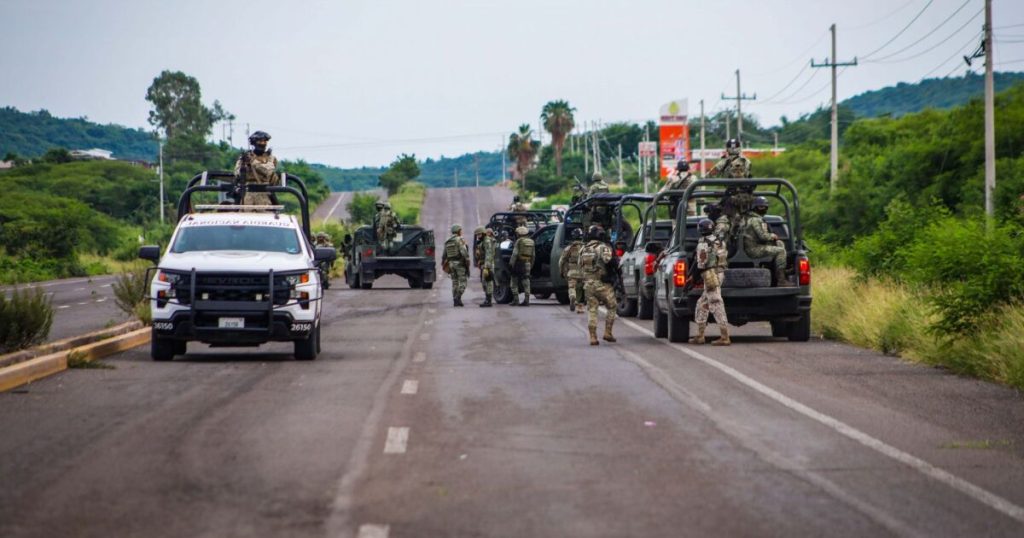SAN LUIS POTOSÍ, Mexico.- The Government of Pinar del Río reported that as of this Saturday, September 14, the water service will be suspended. public transport in the municipal capital due to lack of fuel.
In your Facebook profilethe authorities did not indicate a date for the reestablishment of transport. “The Provincial Directorate of Transport in Pinar del Río informs that due to the insufficient availability of fuel in the country, it is necessary to adopt measures,” they wrote.
The decision includes the suspension of the transport public in the capital city starting Saturday, September 14.
Inter-municipal routes from the municipal capital to the rest of the territories will not provide service and “will be re-established when fuel availability allows.”
Train departures on the Pinar del Río-Havana route are also suspended.
On the other hand, the Pinar-Guane railway service had a departure on Thursday for the transfer of students, who will return on September 16 at the usual time.
The drastic measure leaves Cubans in that city who depend on public transport for their daily mobility without options.
“This country is happening little by little, we always have a situation, and it’s always the same thing, three or four days to fool the people and we’re back to the same thing, who’s to blame, the ‘blockade’?” said one Internet user.
Complaints were not long in coming, as the people of Pinar del Río questioned how health personnel and those in other branches that are a priority for Cubans would work.
“How can health personnel work because they are not prioritized?” one person asked.
“This country is bankrupt and they don’t want to say it. It can’t take any more,” said another Cuban.
The fuel crisis continues to hamper the daily lives of Cubans and mainly affects transportation and electricity generation.
A few months ago, the Minister of Transport, Eduardo Rodriguez Davilareported that at the end of April, 52% of the routes of the provincial transport companies were paralyzed.
In addition to the reduced number of active routes, 86% only offered one trip in the morning and another in the afternoon. The most affected provinces were Camagüey, Granma, Villa Clara, Ciego de Ávila, Holguín, Matanzas and Artemisa.
Rodríguez Dávila said at the time that transport in the country was going through “one of the worst moments in recent years.”
In Cuba, five years ago, there were twice as many vehicles moving around as there are now. And this year, the number of passengers using state-owned transport in Cuba decreased by 12.2% during the first six months, compared to the same period in the previous year.
The most significant reduction in absolute terms was observed in public buses, with a contraction of 29.6%, equivalent to 50 million fewer trips. This decline was especially noticeable in suburban and urban services, the most used by the Cuban population in their daily travels.
















